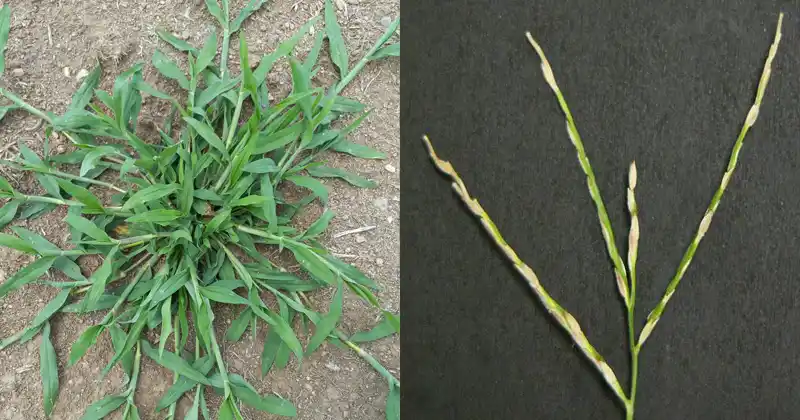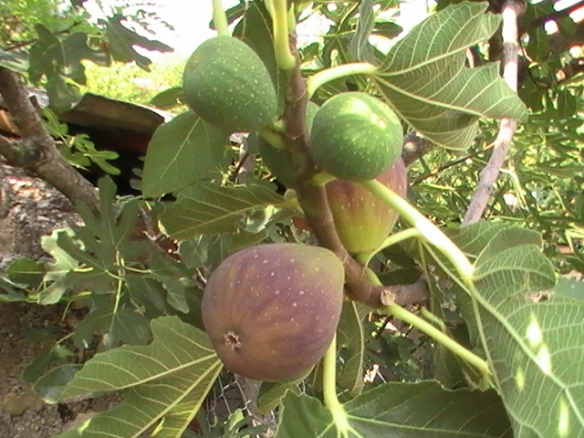Tomatoes, the versatile and beloved staple of gardens worldwide, have a secret trick up their sleeve that few are aware of. While many of us are familiar with growing tomatoes from seeds or purchasing young plants to transplant, there’s an innovative and surprisingly simple method of propagation that might just change the way you approach tomato gardening. Let’s peel back the layers on this lesser-known technique that can help you multiply your tomato bounty with ease.
The Secret: Propagating from Slices
Yes, you read that correctly. You can propagate tomatoes directly from slices of the fruit itself! This method is not only effective but also incredibly straightforward, making it perfect for gardening enthusiasts of all levels. Here’s how you can give it a try.
Step-by-Step Guide to Tomato Propagation from Slices
1. Choose Your Tomato: Start with a ripe, healthy tomato. Heirloom varieties are particularly great for this method, as they tend to produce offspring true to the parent plant, but any tomato will do.
2. Slice It Up: Cut your tomato into slices, about ¼-inch thick. Each slice is capable of producing multiple plants, so a single tomato goes a long way.
3. Prepare the Soil: Fill a pot or a planting tray with good-quality potting soil. Moisten the soil slightly to provide a welcoming environment for the seeds.
4. Plant the Slices: Place a tomato slice on top of the soil in each pot or section of your planting tray. Cover lightly with a thin layer of soil, about 1/8-inch thick.
5. Water and Wait: Water the newly planted slices gently. Keep the soil moist but not waterlogged, and place the pots or tray in a warm, sunny spot.
6. Transplant the Seedlings: In 1-2 weeks, you’ll notice seedlings beginning to emerge. Once they’ve grown a few inches tall and have developed true leaves, thin them out, keeping only the strongest plants, and transplant them into individual pots or your garden.
Why This Method Works Wonders
Propagating tomatoes from slices is not just a fun experiment; it’s a testament to the resilience and adaptability of nature. This method can be especially rewarding for those looking to reduce waste and make the most out of every part of their vegetables. Plus, it’s a fantastic way to engage with the process of growing food from start to finish, deepening your connection to the gardening experience.
By exploring this unique propagation method, you’re not just growing tomatoes; you’re participating in a cycle of sustainability and discovery. Give it a try and watch as your garden flourishes with the fruits of your labor and creativity. Happy gardening!





